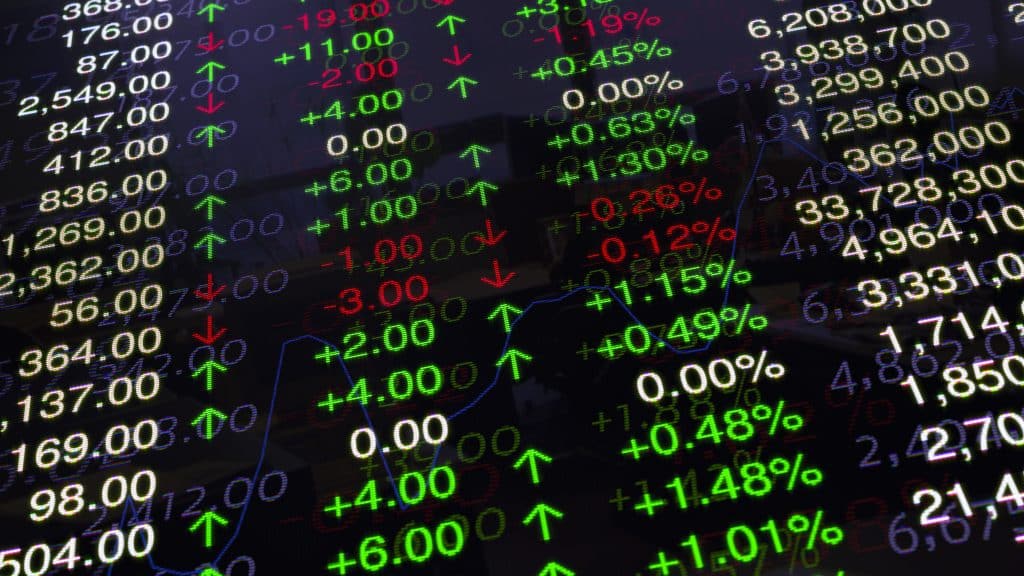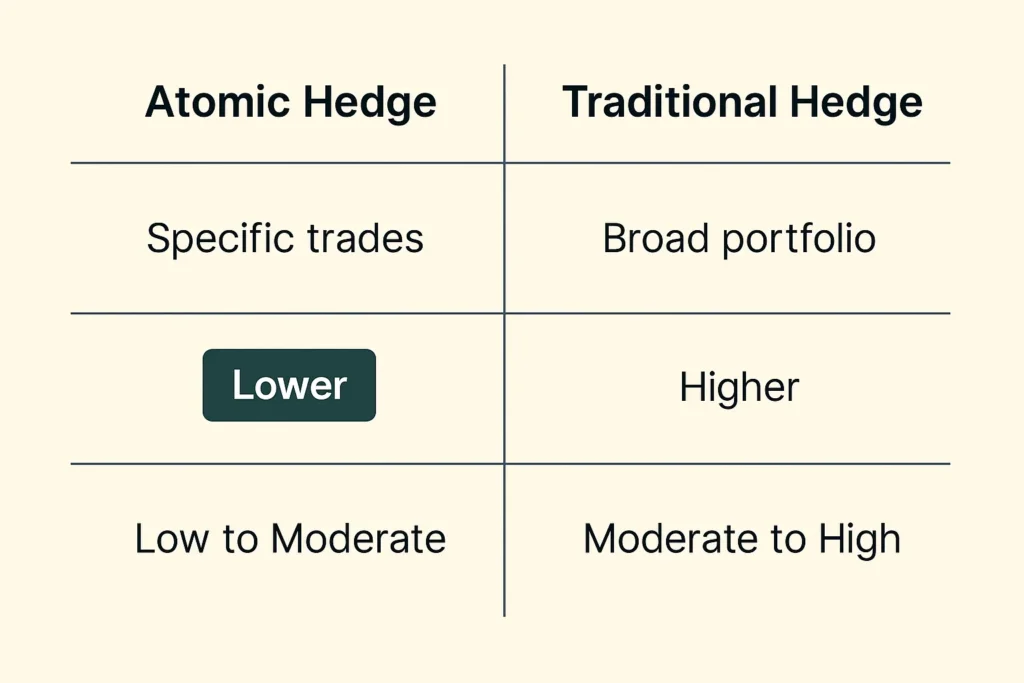Historical Volatility vs Implied Volatility
Historical Volatility vs Implied Volatility
A Detailed Comparison
Unraveling Market Mysteries: Historical Volatility vs Implied Volatility
In the complex and ever-evolving world of finance, understanding the nuances of market behaviors is crucial. Among the key concepts that investors and traders grapple with are historical volatility and implied volatility. These terms, often mentioned in financial reports and market analyses, play a significant role in investment strategies and risk management. This article delves into the intricacies of historical volatility and implied volatility, comparing and contrasting them to provide a clearer understanding of their impact on financial markets.
Historical Volatility vs Implied Volatility: Understanding the Past and Predicting the Future
The Concept and Calculation of Historical Volatility
Historical volatility (HV), also known as statistical volatility, is a measure of how much the price of an asset has fluctuated over a specific period in the past. It’s calculated by analyzing the past price movements of the asset and is usually expressed as a percentage on an annualized basis.
Significance of Historical Volatility in Market Analysis
Historical volatility is crucial in understanding the past performance of an asset. It offers insights into the risk associated with the asset and helps in predicting future price movements based on past trends.
Historical Volatility vs Implied Volatility: Market Expectations and Reality
Understanding Implied Volatility and its Determination
Implied volatility (IV) is derived from the price of an asset’s options. It represents the market’s expectation of how volatile the asset will be in the future. Unlike historical volatility, implied volatility looks forward and is influenced by market sentiment and external factors.
The Role of Implied Volatility in Options Pricing
Implied volatility is a critical component in options pricing models. It helps in determining the premium of an option, reflecting the market’s forecast of the asset’s price volatility.
Comparing Historical Volatility vs Implied Volatility: A Critical Analysis
Differences in Calculation and Perspective
While historical volatility is based on past data, implied volatility is forward-looking. This fundamental difference in perspective affects how each is calculated and used in financial decision-making.
Applications in Investment Strategies and Risk Management
Both historical and implied volatility are used in investment strategies, but their applications vary. Historical volatility aids in understanding risk based on past performance, whereas implied volatility is used in forecasting and options trading.
Integrating Historical Volatility vs Implied Volatility in Financial Analysis
Balancing Past Trends and Future Expectations
A comprehensive financial analysis involves integrating both historical and implied volatility. This balanced approach helps investors make more informed decisions by considering both past performance and future expectations.
Case Studies: Real-world Applications of Historical Volatility vs Implied Volatility
Analyzing case studies where historical and implied volatility were used can provide practical insights into their effectiveness in real-world financial scenarios.
Market Sentiment and External Factors: How They Affect Historical Volatility vs Implied Volatility
Economic Indicators and Global Events Impacting IV
Implied volatility is significantly influenced by economic indicators and global events. Understanding these factors can help in interpreting IV more accurately.
The Psychology of Trading and its Effect on Historical Volatility vs Implied Volatility
The psychology of traders and investors plays a crucial role in shaping market sentiment, which in turn affects implied volatility.
Technological Advancements in Volatility Analysis: Historical Volatility vs Implied Volatility
Innovative Tools and Software for Analyzing HV and IV
The advancement in technology has led to the development of sophisticated tools and software that aid in the analysis of historical and implied volatility.
The Future of Historical Volatility vs Implied Volatility in the Digital Era
Exploring how technology is shaping the future of volatility analysis and what it means for investors and traders.
Expert Opinions: Insights on Historical Volatility vs Implied Volatility
Professional Perspectives on HV and IV
Insights from financial analysts and economists on the significance and application of historical and implied volatility in market analysis.
Comparative Analysis by Industry Experts: Historical Volatility vs Implied Volatility
A comparative analysis of historical and implied volatility by industry experts, highlighting their findings and recommendations.
FAQs: Addressing Common Questions about Historical Volatility vs Implied Volatility
Historical Volatility vs Implied Volatility: Future Market Trends
Historical volatility measures the degree of variation in a security’s price over time, calculated using past market prices.
It helps in predicting future market trends by providing a sense of how much an asset’s price has fluctuated in the past. This can be indicative of future price movements, especially in markets that exhibit patterns or cyclical behavior.
However, it’s important to note that past performance is not always indicative of future results. Historical volatility is just one of many tools investors use to gauge potential future market activity.
Implied Volatility as an Indicator of Market Uncertainty
Implied volatility, derived from the prices of options, reflects the market’s expectation of future volatility.
It is often considered a reliable indicator of market uncertainty. High implied volatility suggests that the market expects significant price movement, indicating uncertainty.
Implied volatility can rise in anticipation of major events or changes in market conditions, reflecting increased uncertainty among investors.
Impact of Major Economic Events on Historical Volatility vs Implied Volatility
Major economic events like central bank announcements, geopolitical events, or significant corporate news can significantly impact implied volatility.
Such events can create uncertainty about future economic conditions, leading to higher implied volatility as market participants adjust their expectations for future price movements.
Using Historical Volatility vs Implied Volatility in Portfolio Management
Investors can use both historical and implied volatility to assess risk and construct a diversified portfolio.
Historical volatility can help in understanding the risk profile of various assets based on past performance.
Implied volatility can be used to gauge market sentiment and potential future risk, aiding in making more informed decisions about asset allocation.
Limitations of Relying Solely on Historical Volatility vs Implied Volatility
Historical volatility does not account for future events or changes in market conditions. It only reflects past price movements.
It may not be a reliable indicator in markets that are prone to sudden, unpredictable changes.
Relying solely on historical data can lead to a reactive rather than proactive investment strategy.
Options Traders and the Importance of Historical Volatility vs Implied Volatility
Options traders heavily rely on implied volatility to price options contracts. Higher implied volatility generally leads to higher option premiums.
Traders use implied volatility to identify potential trading opportunities and to gauge the market’s expectation of future volatility.
Strategies such as volatility trading, where traders bet on the increase or decrease in volatility, are common in options trading.
Conclusion: Embracing the Dynamics of Historical Volatility vs Implied Volatility in Financial Markets
In conclusion, understanding both historical and implied volatility is essential for navigating the financial markets. While historical volatility provides a basis for understanding past market behaviors, implied volatility offers insights into future expectations. For investors and traders, a comprehensive analysis that incorporates both these measures can lead to more informed and strategic decision-making.
Check out our article on:
- Introduction to Options Trading
- Mastering Butterfly Spreads
- The Power of Diagonal Spreads
- The Power of Iron Condors
- The Power of Vertical Credit Spreads
Elevate Your Trading Game
Ready to take your options trading to new heights? Whether you’re a day trader, swing trader, or busy professional, we have you covered. Join our exclusive community of traders and gain access to our comprehensive educational resources, live trading sessions, and expert analysis. We’ll guide you through the intricacies of debit spreads and other advanced options strategies, helping you achieve your financial goals. Don’t miss out on this opportunity to become a more confident and profitable trader. Sign up today!
Below are the links for our Live Trading Room:
To your success,

Billy Ribeiro is a renowned name in the world of financial trading, particularly for his exceptional skills in options day trading and swing trading. His unique ability to interpret price action has catapulted him to global fame, earning him the recognition of being one of the finest price action readers worldwide. His deep comprehension of the nuances of the market, coupled with his unparalleled trading acumen, are widely regarded as second to none.
Connect with us:





